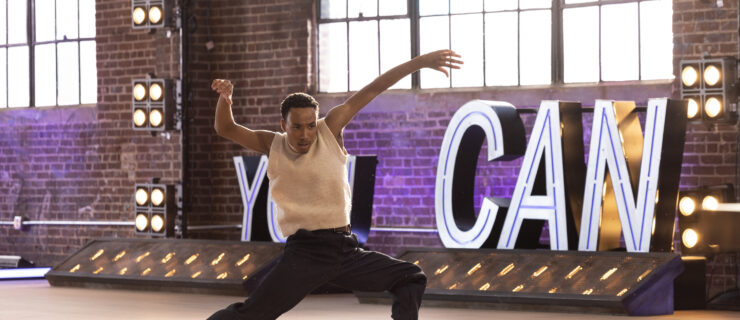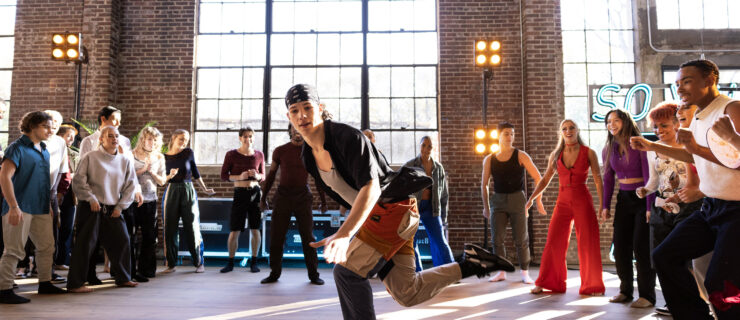Letting Go of the Barre: How to Keep from Falling Apart in Center
She just retired as a principal with Pacific Northwest Ballet, but as a teenager, Maria Chapman struggled to gain control of her flexibility. “I looked pretty good at the barre,” she says, “but I was relying on it way too much, and focusing exclusively on what my legs and feet were doing.” Without the barre’s support, she became a wobbly mess. “It wasn’t until I figured out how to use my back and core that I was able to be successful in center, too,” she says.
If you work well at barre but fall apart in center, chances are there’s a hole somewhere in your technique. But it can be hard to figure out exactly what the culprit is. Here’s how to pinpoint and fix your bad barre habits so you can stand strong throughout the whole class.
Leaning on the Barre
The barre is like a partner: It’s there for you when you need it. But many dancers overuse its support and become dependent. “You see this problem even with professionals,” says Cynthia Lucas, artistic director of Marin Ballet in San Rafael, CA. “They’re much stronger at barre than in center, and usually it’s because they’re relying on the barre too much.”
To find out if this is your problem, first check your hand position. “Your thumb shouldn’t be underneath, but on top,” Lucas says. “Your fingers shouldn’t be curled around like a claw.” Avoid the “death grip”—that tight clench that makes your knuckles turn white. Instead, touch the barre with the pads of your fingertips, as if you’re playing the piano. Test your balance every once in a while by lifting your hand off.
If you’re having trouble letting go, take time after class to work out your core, which will help stabilize your whole body. Overdependence on the barre can actually weaken those critical core muscles. Franco De Vita, director of the Jacqueline Kennedy Onassis School at American Ballet Theatre, says Pilates and Gyrotonic classes can be especially helpful.
Standing Incorrectly
It’s difficult to move in a balanced, coordinated way in center if your body isn’t properly aligned—a flaw the barre can camouflage. “Even though the barre is there, you have to be able to stand up as if you’re in the center,” Lucas says.
Chapman suggests using the mirror and watching yourself on video to make sure that your shoulders are over your hips and your spine is straight while you’re working at the barre. “My back used to shift in all directions,” she says. “Once I figured that out, I learned how to control my body.” And make sure you’re not crowding the barre, which can skew your alignment. To promote proper placement of the arms and shoulders, “there should be one person’s distance between you and the barre,” Lucas says.
Forcing Your Turnout
You might be able to hold a forced perfect fifth position when you have the barre’s support. But you definitely won’t be able to hold it in center—and that can lead to all kinds of problems.
Rather than aiming for 180-degree turnout at all times, focus on working with your natural rotation from the beginning of class. “Ninety degrees is enough,” De Vita says. “You don’t have to push it.” Make sure your pinky toes are on the floor and your arches aren’t dropped forward. “If you’re feeling pressure in your ankles or knees, that’s a sign that something is wrong,” Chapman says.
If you’re used to forcing at the barre and are having trouble finding your natural turnout, Lucas suggests thinking about opposition. “That’s how you hold true rotation—by feeling the resistance between right and left, up and down, from the tops of your hips to your feet,” she says. “Push into the floor, rotate, engage your back, lock and load.”
JKO School students in center (Rosalie O’Connor, courtesy ABT)



